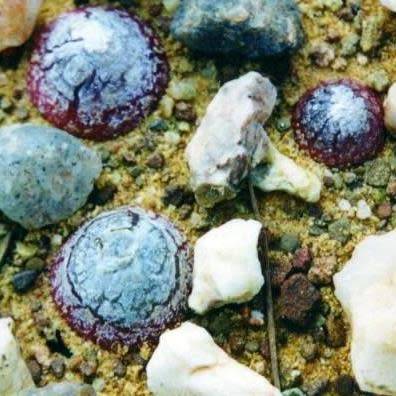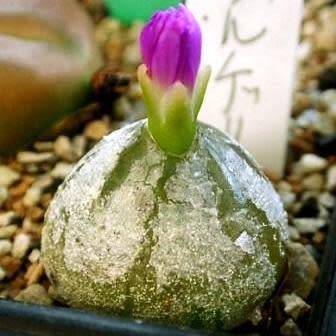



.jpg)




.jpg)
5 Conophytum burgeri Seeds - Rare South African Indigenous Succulent Mesemb - Global Shipping
Check my rate
| Main centres: | 1-3 business days |
| Regional areas: | 3-4 business days |
| Remote areas: | 3-5 business days |




.jpg)




.jpg)
| Main centres: | 1-3 business days |
| Regional areas: | 3-4 business days |
| Remote areas: | 3-5 business days |

Conophytum burgeri Seeds
South African Indigenous Succulent Mesemb

Conophytum is a genus of South African and Namibian succulent plants that belong to the family Aizoaceae. The name is derived from the Latin conus and Greek phytum. The plants are also known as knopies, waterblasies, sphaeroids, conos, cone plants, dumplings, or button plants. They are well adapted to pot culture and are quite happy on a sunny windowsill. In their distribution range they do well in rockeries. Next to Lithops, Conophytum is the most popular genus of the Mesembs. Distribution: Northern Cape near Aggenys in one isolated area to the northwest of Namiesberg. C. Burgeri is found on firm rises where quartz-covered soil occurs. Flower: The honey-scented flowers are autumnal (they often split the bodies) and diurnal (opening briefly in the afternoon).The calyx-tube is 4-5mm long with 6 greenish-white sepals with thin margins. The corolla tube (10mm long) is longer than the calyx tube. There are 24-52 petals (7-18mm long, 3mm wide) in a 2-3 series. The petals are rose-purplish in colour and white toward the base. The stamens occur in three series and there are numerous delicate whitish filaments (10mm long), anthers are yellow. The stigmas (10-14mm long) are free. Description: The plants are single bodied and it rarely splits. The bodies (13-25mm length of base to apex x 20-25 mm across apex, transverse to fissure x 20-25 mm across apex, along fissure) are broadly ovate, flat toward the base and sometimes indented or scalloped around the base. The glabrous epidermis is shiny and translucent; epidermis may be grey-green to deep purple-reddish in colour. The 2-4mm long fissure is narrow and may be inconspicuous, it is glabrous.
.jpg)
